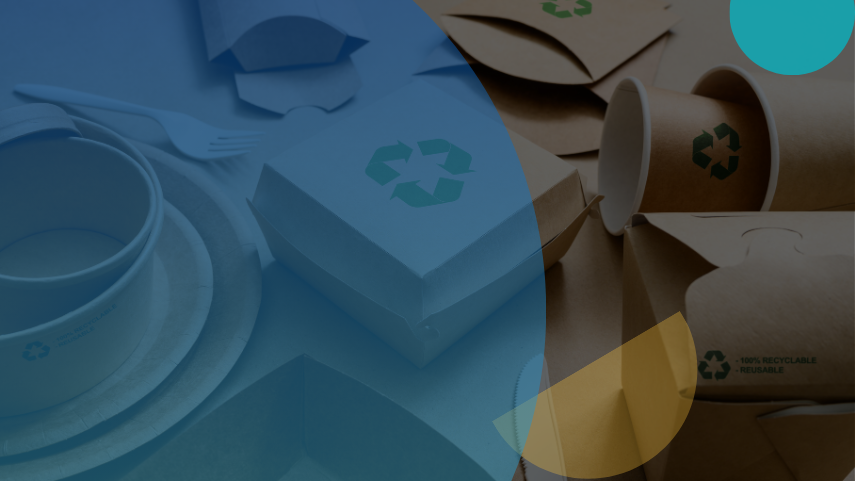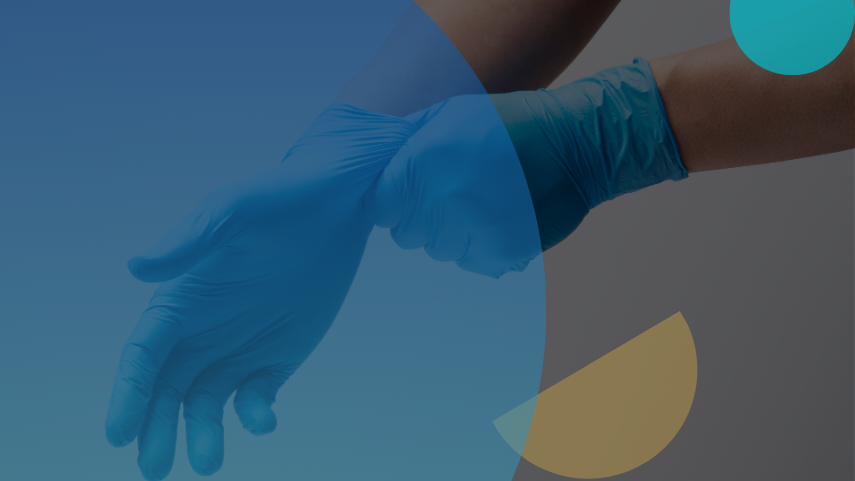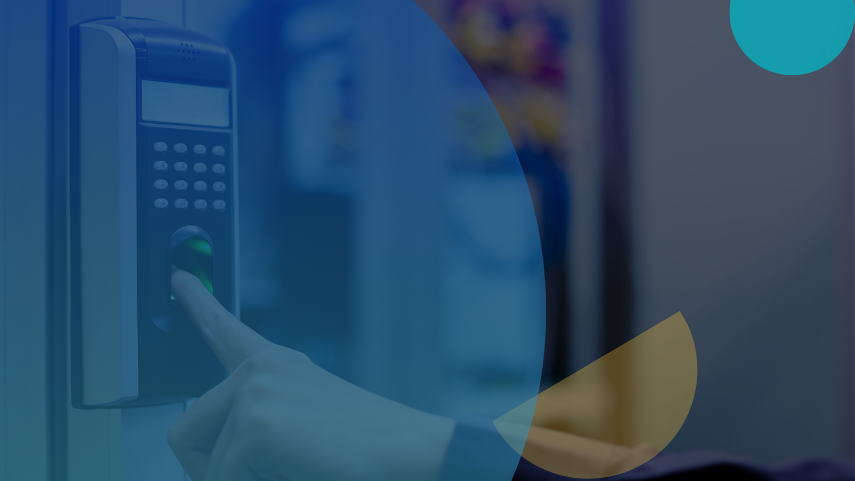
Overcoming Operational Issues and Additional Cost Associated With Biodegradable Packaging
Our client, a global leader in sustainable packaging solutions, had publicly committed to ambitious sustainability goals, such as achieving 100% recyclable, compostable, or biodegradable packaging by 2030. However, they faced operational challenges and additional costs, which hindered their ability to implement sustainable packaging solutions across their supply chain.
Given that fiber packaging is made from natural fibers and offers both biodegradability and recyclability, along with long-term cost savings, it emerged as an ideal solution for the client to explore. As a result, the client’s R&D team launched a comprehensive analysis of the Fiber Packaging ecosystem. They focused on rigorous data collection and utilizing advanced analytics to identify IP trends, key patents, and technological distributions across various verticals.
Accelerating Sustainable Packaging Implementation with Actionable Insights and Partnership Opportunities
The client received a targeted list of top companies for potential partnerships and investments, empowering them to make informed decisions in their sustainable packaging efforts. They also gained access to a curated selection of key innovations, carefully evaluated through criteria such as patent collaborations, acquisitions, and blocking strategies. This allowed the client to pinpoint solutions that aligned perfectly with their specific goals. For example, LGAB’s pulp bottle and Södra’s fiber-based cellulose web process provided practical options for producing complex shapes, directly addressing their packaging challenges.
Key Findings from the Analysis
The in-depth analysis of fiber packaging innovations revealed multiple key findings, this included:
LGAB LLC’s Pulp Bottle with Molded Interior Lining
This patented invention features a container made from biodegradable, recyclable, or compostable materials. The interior lining expands when inserted into the shell, forming a protective barrier that prevents beverages from contacting the outer shell. The lining also absorbs shocks by staying in contact with the shell’s surface, while its thin-film design reduces the container’s overall weight and thickness, making it more efficient.
Södra’s Fiber-Based Cellulose Web for Dry Forming
This patented process creates fiber-based cellulose webs for producing rigid packaging materials. By drying cellulose pulp and curling the fibers, a web is formed that enhances their toughness and entanglement. This innovative process, which uses flash-drying to avoid cutting fibers and reduce waste, provides a sustainable solution for forming complex shapes in packaging.
Research Process- How did GreyB Help?
Patent Identification and Evaluation
Patents related to fiber packaging innovations were identified through a comprehensive patent landscaping process. This involved analyzing a variety of sources, including patent databases, industry reports, and publications from established companies and startups. The collected patents were evaluated using key parameters like collaborations, acquisitions, blocking strategies, and grant timelines to ensure relevance and potential.
Evaluation and Analysis
The detailed analysis involved categorizing patents based on their technological areas, key players, and innovation trends. Each patent was assessed for its practical applications, market impact, scalability, and alignment with the client’s strategic goals. Bibliographic details such as geography, timeline, and the specific domain were used to derive trends and insights.
For example, LGAB’s pulp bottle and Södra’s dry forming process were highlighted for their innovative approaches to sustainable packaging, showcasing their potential to reduce waste and create more efficient packaging solutions.
Structured Framework and Recommendations
The gathered data provided a structured framework to categorize the identified patents by their feasibility and impact. Recommendations were then classified into three tiers:
- Tier 1: Solutions ready for immediate implementation.
- Tier 2: Innovations to monitor for future development.
- Tier 3: Lower-priority solutions with less immediate potential.
This evaluation allowed the client to identify the most promising innovations and develop strategies for incorporating them into their packaging solutions.
The packaging industry faces growing challenges, from increasing demand for sustainable solutions to rising raw material costs and navigating complex regulatory requirements across markets. These obstacles can slow down progress and impact profitability.
Identifying and adopting the right strategies is essential to staying ahead. Whether it’s implementing eco-friendly materials, optimizing production costs, or ensuring compliance, GreyB can help you tackle these challenges with customised solutions.
If you’re ready to streamline your packaging processes and prepare for the future, fill out the form below to connect with our specialists today.






